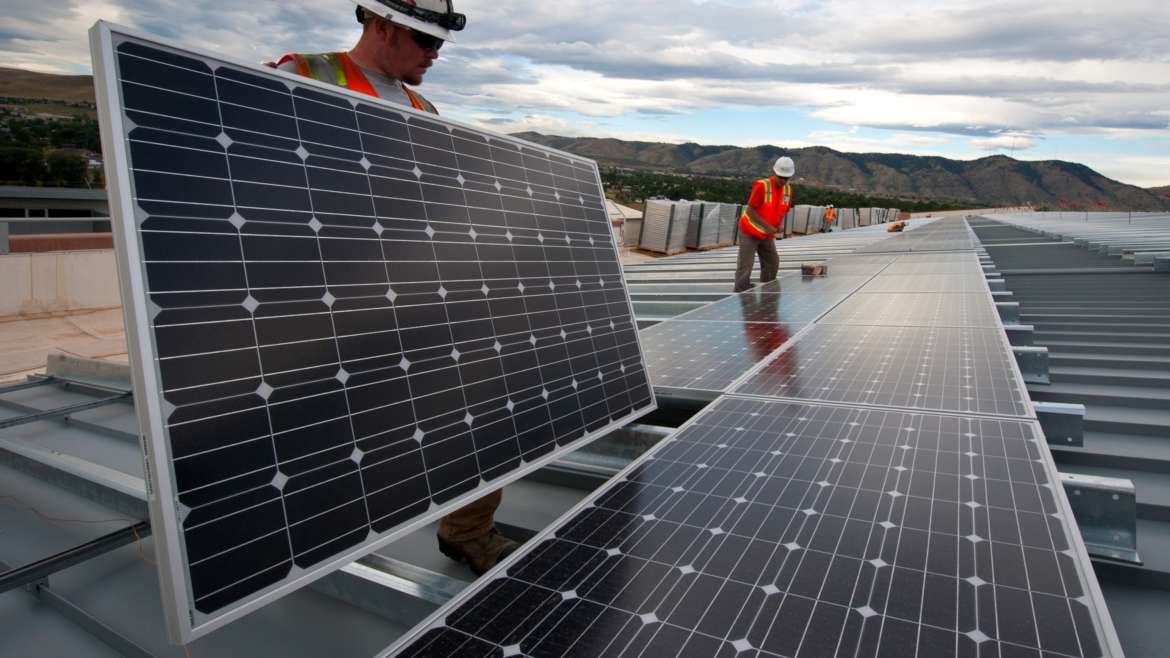
Our firm has written about the solar farm development siting and impacts on the surrounding wooded areas on a few occasions. This post will give some insight into the newer developments with regard to Rhode Island’s solar capabilities and renewable energy regulations, as evidenced in two recent reports.
Renewable Energy Regulations and Economic Benefits
As we discussed previously, the state is looking into its renewable energy portfolio. The Office of Energy Resources (OER) is in the midst of assessing which resource options will further the state’s goal of powering the electric grid using only energy derived from renewable resources by 2030. Recently, Rhode Island was recognized as ranking 37th nationwide in cutting down on energy-related carbon emissions from 2005-2017, decreasing its already-low emissions by 10% while experiencing positive economic growth.
In assessing the percent changes in CO2 emissions amongst New England states, the World Resources Institute’s report noted that each state had reduced its emissions while at the same time experiencing positive gains in Gross Domestic Product (“GDP”). The report also noted that renewable energy resources and storage technologies have become much less expensive and far more efficient, setting up their ability to compete with fossil fuels economically.
OER Report on Solar Siting Opportunities and Renewable Energy Regulations in RI
At the same time, the report from OER on solar siting opportunities in RI which was referred to in their online webinars regarding work being done to support the 100% by 2030 renewable energy policy is now available. The key takeaway from this report is that Rhode Island has the ability to build and generate more electricity from solar power on pre-existing impervious surfaces than the state consumes. In essence, the state could meet its renewable energy policy targets with solar power alone and could do so without having to clear any additional forested space.
The report suggests building solar arrays on the tops of buildings and homes, as well as over landfills and other remediated sites, parking lots, and gravel pits. In total, the report assessed these categories and determined that the technical potential for these sites could lead to the generation of 3,390-7,340 MW of energy, or 5,560-12,600 GWh of electricity. Most of the energy would likely come from land zoned as commercial/industrial use. For reference, RI’s current annual load is approximately 7,826 GWh of electricity.
Renewable Energy Regulations Obstacles
The current renewable energy regulations for construction of energy projects are not always helpful. Zoning concerns generally rise to the top of this list for renewable energy projects. While OER is expanding its residential solar incentives to include lower-income residents, solar siting ordinances across the state vary by municipality. Largely, these ordinances make it seem much easier and more cost-effective (intentionally or not) to gain approvals for projects on forested property. The permitting process for renewable energy projects on built environments sometimes seems out of reach.
Luckily for developers and residents looking to construct new built environment projects under the current regulatory framework, public utility and energy law attorneys can assist in getting these projects approved. Desautel Browning Law has this experience, and we encourage projects which maximize returns on investment while accounting for environmental concerns.
Contact us today if you are planning renewable energy construction projects, and our attorneys can discuss your options with you. We can be reached at help@desautelbrowning.com or 401.477.0023.
